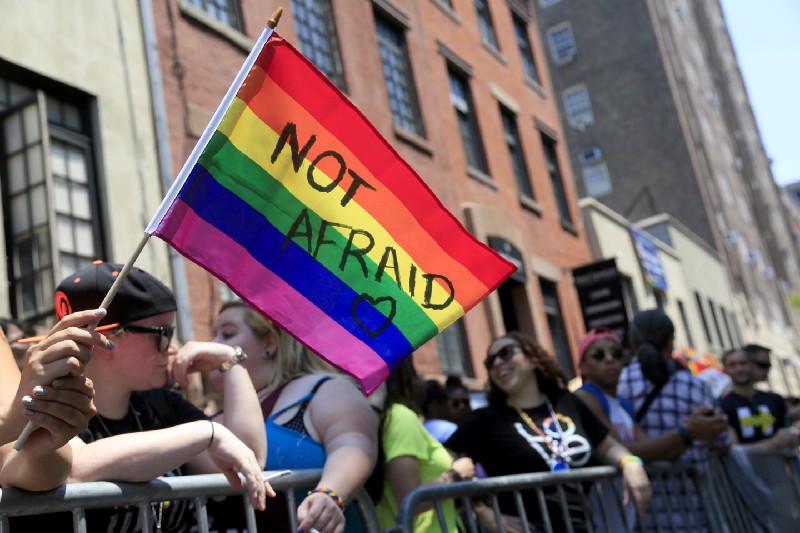Some more of Kestrel’s amazing work: I finished off some tack for someone and got some pics with a new set-up for the background. I’ve set the doll up so he looks like he’s looking for lost cattle here. Will send a couple more of this set, of romal reins, braided headstall, pencil bosal (“bosalito”) with mecate and hanger and spade bit. I’m only showing the bosalito and mecate with hanger, here. The saddle is totally wrong but it’s the only one finished at present.
I think the background works amazingly well, and serves to highlight such beautiful work. Click for full size!

You can see the hand made sterling silver buckle pretty good in this pic. Also you can see the tassel (the vaqueros call it “la mota”).

aaaand here you can see all the gear that a vaquero or buckaroo would use. First the young horse is taught to respond to the bosal, then gradually taught to carry the spade bit, while the rider uses first the mecate reins and then gradually starts using the romal reins.
All images © Kestrel, all rights reserved.























